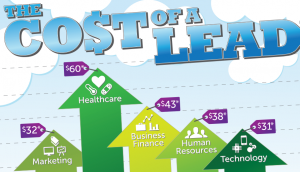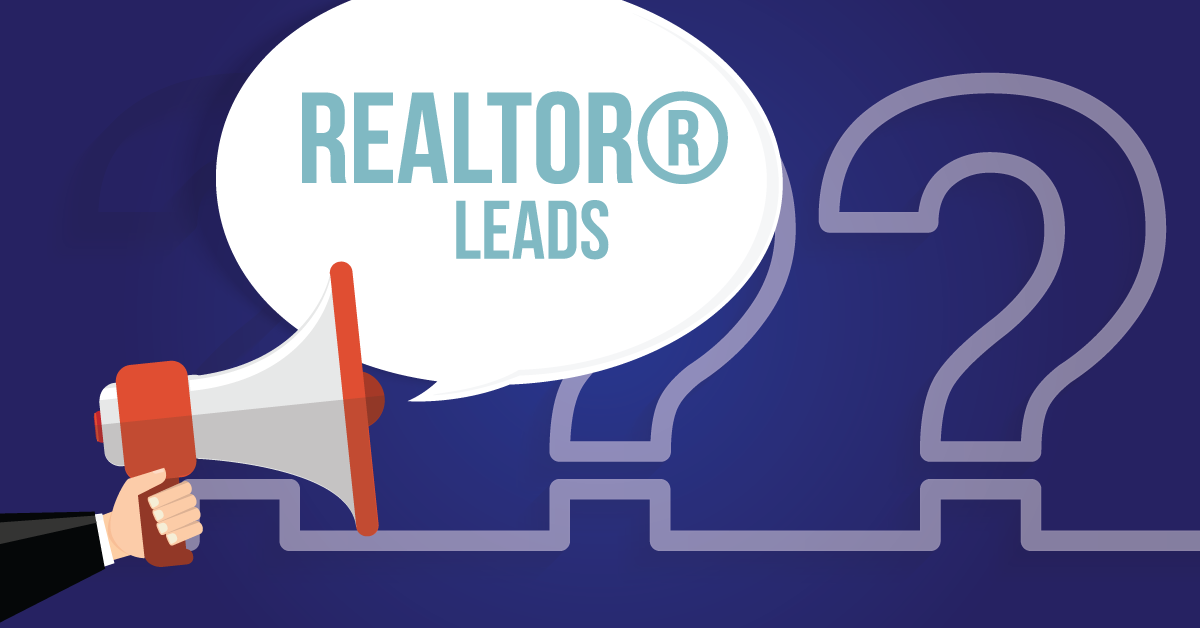How Much Does It Cost to Buy Leads? Here’s All You Need To Know!
Wondering how much does it cost to buy leads? It’s important to know the costs of purchasing leads for your company. This article is here to lead you through a couple of processes to generate leads. Adding new consumers to your sales funnel is critical for long-term success. As a result, you must concentrate on initiatives that create leads to prevent wasting money.
In this article, we’d discuss:
What is lead generation?
How do you figure up the cost per lead (CPL)?
Calculators for cost per lead (CPL).
What is the average cost per lead?
How much does it cost to buy leads?
Categories of average cost per lead:
- Average lead cost by industry.
- Average lead cost by company size.
- The average cost per lead on the generation channel.
- Average lead cost as a percentage of company revenue.
Numbers of leads you need.
How do you calculate the cost to buy leads?
Calculators for Sales Leads, and
The Providers of Lead generation Services.
What is Lead Generation?
This is the process of getting prospects and converting them into clients. It is the total amount of leads you’ve generated. Moreover, lead generation does not always imply that a conversion will occur. You should note that generating leads is all about getting a good return on your client acquisition effort.
How do you figure up the cost per lead (CPL)?
The cost per lead, or CPL, is a popular metric for assessing the effectiveness of a digital marketing campaign. Also, the CPL formula is easy to remember:
The total cost of a digital marketing campaign divided by the number of leads generated
Let’s imagine you spend $1,000 on a pay-per-click (PPC) ad that resulted in the conversion of 50 people into leads.
$1,000 divided by 50 is $20 for each lead.
The higher the return on investment (ROI), the more expensive a lead is; the lower the ROI, the less expensive.
The cost per lead varies by industry, lead generation method, firm size, and revenue.
Calculators for Cost Per Lead.
We’ll introduce you to some cost-per-lead calculators that would aid you and make the calculation less difficult for you. So, you won’t have to stress yourself in doing the math.
- Unbounce.
- Web FX.
- Leedfeeder.
The Average Cost Per Lead.
In 2019 and 2020, the average cost per lead was $198. They vary depending on the business, the industry, their revenue, and the competition they have.
Now, let’s take a closer look at these figures and the cost-influencing factors:
Average Cost Per Lead by Industry.
| INDUSTRY. | AVERAGE COST PER LEAD. |
| IT, Computer, and Technical Services. | $160. |
| Education. | $55. |
| Travel and Tourism. | $106. |
| Health Care and Medical. | $162. |
| Marketing Agencies. | $99. |
| Industrial and Manufacturing. | $136. |
| Retail. | $34. |
| Business Services. | $ 132. |
| Consumer Products. | $105. |
| Media and Publishing | $108. |
| Non-profits. | $31. |
| Telecom. | $45. |
| Financial Services. | $160. |
Sources: Marketing Charts and Hubspot.
Average Cost Per Lead by Generation Channel.
| GENERATION CHANNEL. | AVERAGE COST PER LEAD. |
| Events and Tradeshow. | $811. |
| Public Relations. | $294. |
| Referrals. | $73. |
| Video Marketing. | $174. |
| LinkedIn Advertising. | $75. |
| Webinars. | $72. |
| Display Advertising. | $63. |
| Content Marketing. | $92. |
| Traditional Marketing (Radio, Print Media, Tv). | $619. |
| Social Media Advertising. | $58. |
| Search Engine Advertising. | $110. |
| Search Engine Optimization (SEO). | $31. |
| Email Marketing. | $53. |
| Online Targeting. | $31. |
Sources: Marketing Charts and Hubspot.
Average Cost Per Lead By Company’s Size.
| COMPANY SIZE. | AVERAGE COST PER LEAD. |
| 1001 employees and above. | $349. |
| 201-1001 employees. | $212. |
| 51-200 employees. | $180. |
| 2-50 employees. | $47. |
Sources: Marketing Charts and Hubspot.
Average Cost Per Lead by Company Revenue.
| COMPANY REVENUE. | AVERAGE COST PER LEAD. |
| $500 M and above. | $429. |
| $10 M – 500 M. | $179. |
| $1M – 10 M. | $185. |
| $1M. | $166. |
Sources: Marketing Charts and Hubspot.
How Many Leads Do You Need?
Because a marketer’s primary goal is to maximize campaign efficiency, you must know how many leads you’ll need to meet your company’s revenue target.
This analysis necessitates information regarding your business’s data aspects, such as;
- Revenue Targeted: The amount of revenue you want to achieve by the end of a given time.
- Marketing-Driven Revenue: the percentage of overall revenue that comes from marketing efforts.
- Average Sales Price (ASP)=Net Sales / Number of Units Sold.
- Deals Driven by Marketing: Marketing Driven.
- Revenue/Average Sales Price.
- Opportunity-to-Sale Ratio: How close you are to converting one lead into a customer out of all the leads you have. (proportion).
- Lead-to-Opportunity Ratio for Qualified Leads: How many leads does it take to convert a single lead into a customer.
- Lead-to-Qualified-Lead Ratio: The amount of analysis required to convert one lead into a paying customer.
For better understanding, let’s take a look at this illustration:
For instance, you want to attain a $100,000 revenue by month-end.
Let’s say your goal is to make $100,000 by the end of the month.
Then, at the month-end, your marketing-driven income is $45,000.
The average selling price is estimated to be $5,000.
Deals Driven by Marketing: $45,000 / $5,000 = $9
The opportunity to sales ratio is anticipated to be 3, which indicates that you have a chance to convert a lead to a client out of every three leads.
Opportunities required: 3 x 9 = 27.
The qualified lead to opportunity ratio is expected to be 6, implying that you can convert one lead to a customer if you have a total of 6 leads.
The total number of leads required is 6 x 27 = 162.
This example shows that you’ll need at least 162 leads to make a profit.
There’s no point stressing yourself to do the calculations to make the lead break-even point for your digital campaign, as there are tools that can aid your calculations.
Calculators for Sales Leads.
These tools will also assist you in determining the level of involvement required to turn qualified MQLs into SQLs, resulting in increased sales. Before you start planning your digital marketing efforts, it’s also a great idea to figure out your required number of leads.
- Sales Lead Automation.
- The Integrated Marketing Association (IMA) is a non-profit organization.
- Product Search.
- Obtain B2B.
Providers of Lead Generation Services.
Another way to boost your lead generation is by hiring and paying a third party to do it for you. In some circumstances, hiring a lead-generating company is a better investment than wasting your time and resources to generate leads on your own. You may allow someone else to establish a large database of prospects for you. At the same time, you channel your attention to retaining customers, especially if you are a small-scale business with a little database of prospects.
One of the issues with those businesses is that they tend to provide only a temporary remedy. That is, if you stop paying for lead generation, they cease generating them for you. Hence, you’ll need to devise strategies for retaining those leads and converting them into devoted clients.
Furthermore, whatever part you take, you define clear goals, begin a precise schedule for the task, and track your progress to determine the optimal technique.
These are lists of companies that may be able to assist you in generating more leads.
- Candor works.
- Science.
- Callbox.
- DiscoverOrg.
- Overdrive Interactive.
They are known for efficient leads generation for your business.
Conclusion.
All in all, this article has analyzed how much does it cost to buy leads based on industry, company size, company revenue, and generation size. It has also given you an overview of what it all entails in purchasing leads. Now, it’s left for you to keep track of and analyze all of the variables to figure out your company’s cost per lead and the factors to consider, such as lead quality.








